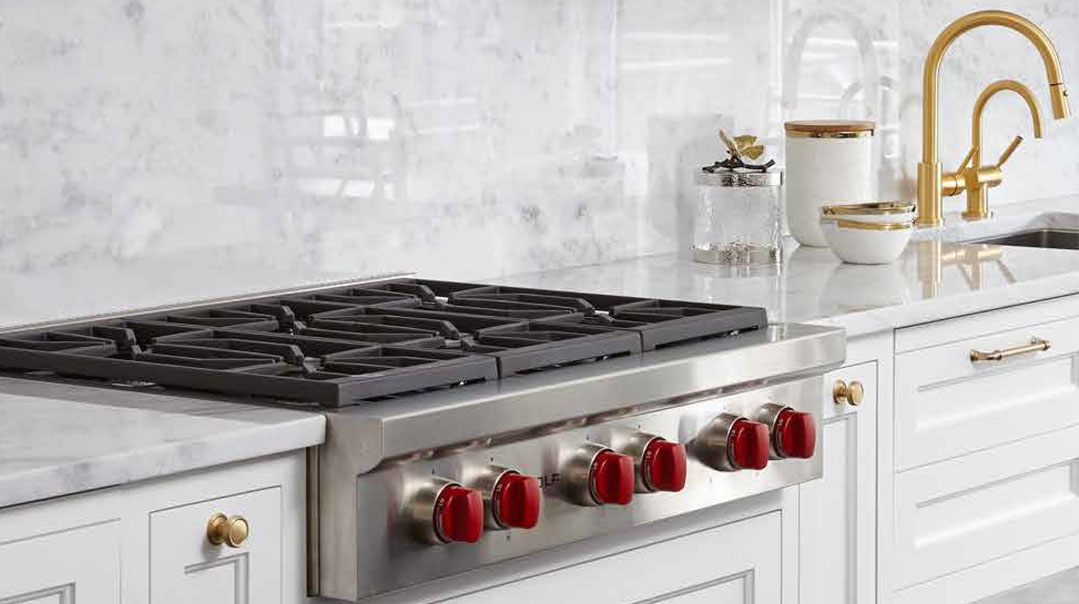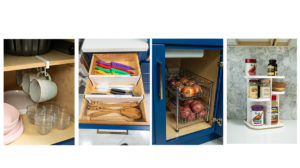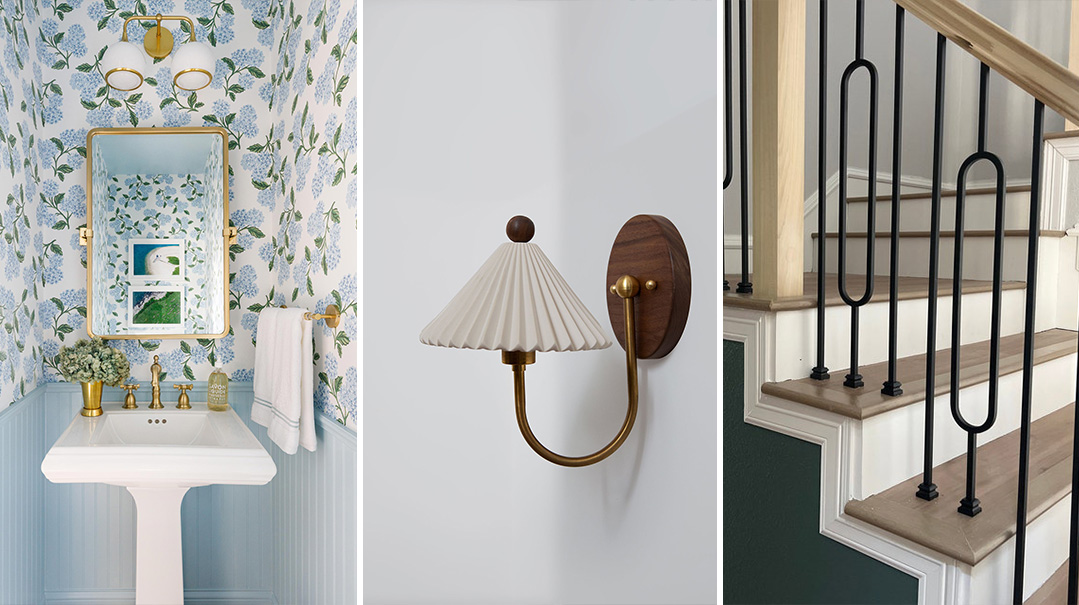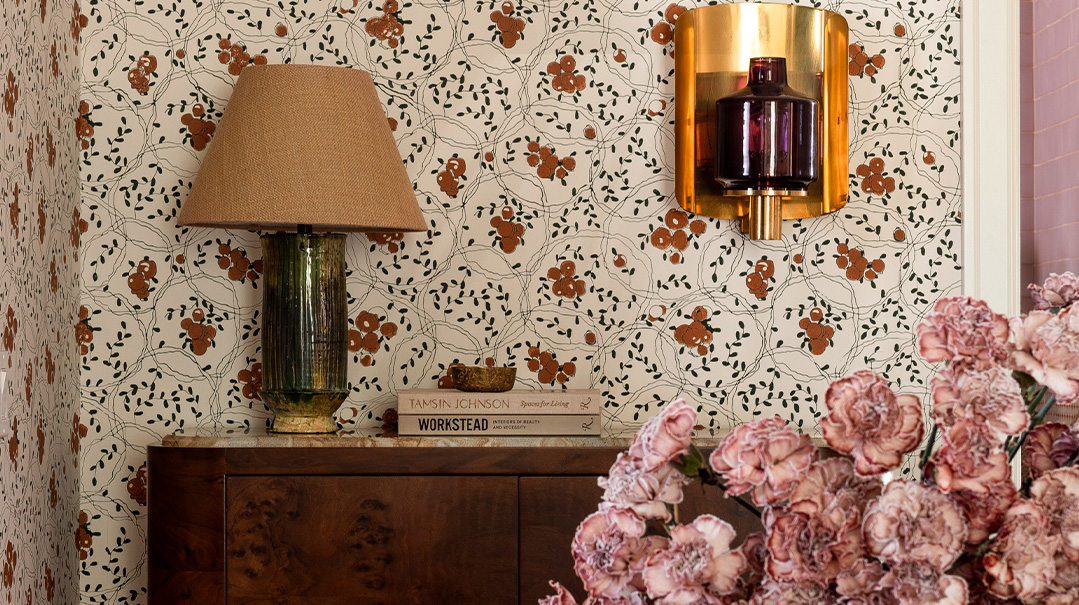Organize: Cabinet Counsel
| February 12, 2020Kitchen organizing tips to keep you at optimal functionality

W
hether you enjoy cooking and baking or are just fond of the end results, food definitely has a way of calling us to our kitchens. Or maybe the pull is really just the people spending time there! In either case, if there was a pie chart of family daytime hours spent in any given room in the house, I’d venture to guess the kitchen would factor in as a solid 74 percent. (Maybe don’t quote me on that.) Read any organizing article and you’ll be told that if you work in a clean and neat space, your efficiency level rises by about 128 percent (maybe don’t quote me on that either).
Seriously, though, keeping your kitchen organized will keep you at optimal functionality, whether you’re throwing together a quick dinner for the family or a Purim seudah for 50. Here are a few simple steps you can take to get things under control.
- List It
Choose a spot that has a good view of your entire kitchen and sit down with a piece of lined paper and a pen. Divide your paper into four sections and label them Meat, Dairy, Pareve, and Groceries. Starting at one end of the kitchen, write down everything that you keep in each cabinet and drawer, putting it under the appropriate category. Do the same for the pantry. If it’s easier, open each cabinet as you make your list to see what’s inside.
- Mark It
On a separate piece of paper, draw a basic diagram of your kitchen, including all drawers and cabinets, as well as other storage areas. Assign a letter to each one. If you prefer, you can stick a Post-It with a letter on each cabinet door and drawer. You can even do both methods if you find it helpful.
- Assign It
Look at your list of categories and compare it to your cabinet diagram. Decide how many cabinets you want to have for each category, and which cabinets they should be. Don’t forget to take your family lifestyle and cooking habits into account. Next to each item on your list, write the letter of the cabinet it belongs in. You can further break it down by deciding which shelf each item belongs on and write “top,” “middle,” or “bottom” after the cabinet letter.
- Fit It
Consider whether everything can realistically fit in the space assigned to it. If there are items on your list that you haven’t used recently, now’s a good time to toss them or pass them along. If you still have too many items to fit comfortably into your existing cabinets, consider buying some space-saving organizers or additional storage racks. (Check out our suggestions on the next page.)
- Move It
Now that you have a map of where all your kitchen utensils belong, you need to shift everything into the right place. You’ll probably have to make slight adjustments to your original plan as you go if not everything fits as you imagined it would. Prioritize the items in each cabinet and decide what you’re okay with moving to another spot that has more room.
- Maintain It
Once everything is perfectly organized, take pictures of each shelf and drawer and print them out. Post the pictures on the inside of each cabinet door at the height of the shelf it corresponds to and on the side wall of each drawer. Your kids, your cleaning help, and even your husband will be able to follow those guides when they’re not sure where something belongs.
If you want to get your kids involved in organizing and maintenance, you’ve got to play it right! E-mail us at usproduction@mishpacha.com for great game ideas to get the whole family involved in every step of the process. You can turn up the music and in half the time and double the fun, your kitchen will be organized.
Plan It
Moving?
Make lists based on the cabinet contents of your old kitchen and then create a diagram of your new kitchen to determine where you want to put everything when you unpack.
Renovating?
If you’re trying to decide what cabinet sizes and configurations you need, make lists based on the contents of your old kitchen cabinets. Next to each item on your list, mark whether you want it to go in a drawer, an upper cabinet, a lower cabinet, or the pantry. Check how much cabinet space you have available. If you have different areas for meat, dairy, and pareve, be sure to note the measurements of each separately. Now you can create a basic diagram and play with your list to figure out what will go where and what sizes and configurations (drawers, pullouts, etc.) you want to order.
Space Saver and Organizer Suggestions
- These diagonal cutlery trays give you longer surface areas for ladles and spatulas and smaller spots for peelers and corkscrews so they don’t get lost in the shuffle.
- Try Joseph Joseph’s Drawer Store Cutlery Tray, where the cutlery is stored in overlapping compartments for space efficiency. Aside from the larger tray shown here, there’s also a very narrow one that fits just the cutlery if you’re tight on drawer space.

- Adjustable shelf organizers can go over cabinet and pantry doors for additional storage space. They’re the perfect place to keep things you want quick access to, like aluminum foil and ziplock bags.
- Store non refrigerated produce under your sink or on the floor of your pantry in stack-able wire drawers.
- Take advantage of vertical space by hanging mugs and utensils on under shelf hooks.
No one will deny that organizing is a daunting task, with the kitchen ranking #1 for intimidating spaces. Once you dig deep and tackle it, though, your day-to-day food prep will be so much more efficient, and pleasant too. You’ll never regret spending this time on your kitchen storage, our guarantee!
(Originally featured in Family Room, Issue 002)
Oops! We could not locate your form.














